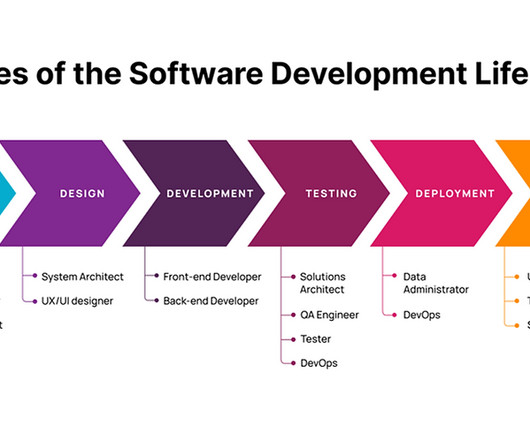A Deep Dive into the Software Development Life Cycle (SDLC)
The Product Coalition
AUGUST 28, 2023
The Software Development Life Cycle provides a practical framework you can apply to your product and improve your processes. With the support of the SDLC, You can track and control your calendar, and increase productivity and speed of development. It helps us meet customers’ demands, needs, and expectations.

















Let's personalize your content